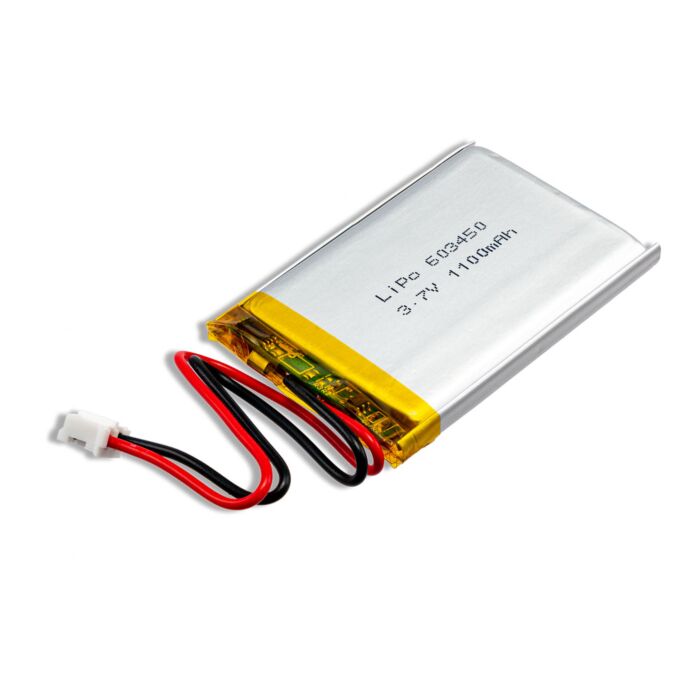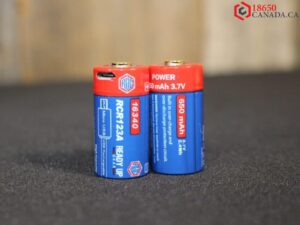Imagine a world without smartphones, electric vehicles, or portable electronics. It’s difficult to picture our lives without these technological advancements that have become an integral part of our daily routines. At the core of these innovations lies a game-changing technology: lithium-ion batteries. In this article, we will delve into the secrets of lithium-ion batteries, understand their science, explore their advantages, discuss their applications, and look toward the future of this remarkable technology.
Step into the world of lithium-ion batteries and prepare to be amazed. In this captivating article, we dive into the secrets behind these groundbreaking technologies. From their inner workings to their remarkable benefits, we explore their game-changing applications in renewable energy storage, transportation electrification, and portable electronics. We uncover the challenges they face and the ongoing innovations that are propelling them forward. Get ready to unveil the secrets of lithium-ion batteries and witness how they are transforming our world.
Lithium-ion batteries revolutionized the way we utilize portable electronic devices. These lightweight and rechargeable batteries have become the preferred power source for a wide range of applications, from smartphones and laptops to electric vehicles and renewable energy storage systems. Their high energy density, long cycle life, and minimal self-discharge make them an ideal choice for modern technology.
Understanding Lithium-Ion Batteries
To understand the secrets of lithium-ion batteries, it’s essential to grasp their basic structure and operation. Lithium-ion batteries consist of an anode (typically made of graphite), a cathode (composed of lithium metal oxides), and an electrolyte that facilitates the movement of lithium ions between the anode and cathode during charge and discharge cycles. This electrochemical process is what enables lithium-ion batteries to store and release energy efficiently.

The Science Behind Lithium-Ion Batteries
The science behind lithium-ion batteries is fascinating. When a lithium-ion battery is charged, lithium ions move from the cathode to the anode through the electrolyte, storing energy. During discharge, the lithium ions travel back from the anode to the cathode, delivering the stored energy. This movement of ions is enabled by chemical reactions and the use of various materials, ensuring efficient and reliable energy storage.
Advantages of Lithium-Ion Batteries
Lithium-ion batteries offer several advantages over traditional battery technologies. Firstly, they have a higher energy density, meaning they can store more energy in a smaller and lighter package. Secondly, lithium-ion batteries have a longer lifespan, allowing for more charge and discharge cycles before they start to degrade. Additionally, they have a lower self-discharge rate, retaining their charge for longer periods when not in use.
Applications of Lithium-Ion Batteries
The widespread adoption of lithium-ion batteries can be attributed to their versatility and numerous applications. In consumer electronics, they power smartphones, laptops, tablets, and wearable devices, providing long-lasting and reliable power. Moreover, lithium-ion batteries are the primary choice for electric vehicles, offering efficient and sustainable energy storage for transportation. They also find applications in renewable energy systems, grid storage, and aerospace technology.
Challenges and Limitations
While lithium-ion batteries have revolutionized the technology industry, they are not without their challenges and limitations. Safety concerns, such as the potential for thermal runaway and fire hazards, have prompted researchers to develop advanced safety mechanisms. Additionally, the limited availability of lithium resources and the environmental impact of battery disposal and recycling present challenges that need to be addressed for sustainable development.
Innovations and Future of Lithium-Ion Batteries
The future of lithium-ion batteries looks promising, with ongoing research and development aimed at addressing their limitations and pushing the boundaries of their capabilities. Scientists are exploring alternative materials, such as solid-state electrolytes, to enhance battery performance and safety. Advancements in battery management systems, fast-charging technologies, and recycling methods are also key areas of focus, paving the way for more sustainable and efficient energy storage solutions.
Unveiling the Secrets: 16340 CR123A and AA 14500 Batteries – Game-Changers in Lithium-Ion Technology
Unveiling the secrets of lithium-ion batteries reveals a game-changing technology that powers our modern world. Among the notable players in this field are the 16340 CR123A and AA 14500 batteries.
These compact yet powerful lithium-ion batteries have revolutionized portable electronics, from flashlights and cameras to remote controls and more. The 16340 CR123A and AA 14500 batteries offer impressive energy density and long-lasting performance, making them reliable power sources for a wide range of devices.
With their rechargeable capabilities, they provide a sustainable and cost-effective solution, reducing waste from disposable batteries. As we delve deeper into the secrets of lithium-ion batteries, we uncover their ability to transform the way we interact with technology, offering efficiency, convenience, and a greener future.
Final remarks
Lithium-ion batteries have truly revolutionized the world of technology, enabling the development of portable and efficient devices that have become indispensable in our lives. Their high energy density, long cycle life, and widespread applications make them a game-changer in various industries. However, challenges related to safety, resource availability, and environmental impact must be addressed as we continue to innovate and shape the future of energy storage.
FAQs
Q1: Are Lithium-Ion Batteries the Same As Lithium Batteries?
A: No, lithium-ion batteries and lithium batteries are different. Lithium-ion batteries use lithium compounds in their cathode, whereas lithium batteries utilize metallic lithium as the anode.
Q2: Can Lithium-Ion Batteries Be Recycled?
A: Yes, lithium-ion batteries can be recycled. Recycling helps recover valuable materials and reduces environmental impact. It’s important to dispose of them properly at designated recycling facilities.
Q3: How Long Do Lithium-Ion Batteries Last?
A: The lifespan of lithium-ion batteries can vary depending on usage and environmental factors. Generally, they can last for several years and undergo hundreds of charge cycles before their performance starts to degrade.
Q4: Are There Any Alternatives to Lithium-Ion Batteries?
A: Several alternative battery technologies are being researched, such as solid-state batteries and lithium-sulfur batteries. These technologies aim to offer higher energy densities and improved safety features.
Q5: Can Lithium-Ion Batteries Catch Fire?
A: While rare, lithium-ion batteries can potentially catch fire if they are damaged, improperly used, or exposed to extreme conditions. Manufacturers implement safety features to minimize this risk, and proper usage guidelines should always be followed.

